Tall, shaggy, and dignified, the Irish wolfhound is a huge dog with a huge heart. They are one of the tallest breeds recognized by the AKC, and are no small commitment. This dog gallops with greyhound-like grace, interacting gently with the world despite his size. Read on to learn more about the Irish wolfhound.
Description of the Irish Wolfhound
With a shaggy and wiry coat, the Irish wolfhound is unmistakable. They stand nearly three feet tall at the shoulder, and were bred to hunt big game in Britain. Their immense size and speed are thanks to the crossing of British hunting dogs with Middle Eastern sighthounds. The breed reached Rome in 391 A.D. after Roman Counsel Quintus Aurelius was given seven of the dogs, to use for fighting lions and bears.
These dogs were used by the Romans and Brits alike for hunting of big game, but lost their jobs when the wolves and elk of Britain went extinct. The breed nearly disappeared too, until a British army captain scoured the land for specimens of the breed to save the Irish wolfhound.
Life Expectancy and Size
Like many giant-breed dogs, the Irish wolfhound has a sadly short life. Though they tip the scale at up to 120 pounds, and stand up to 32 inches tall, the Irish wolfhound only survives for six to eight years. And, while females are slightly smaller than males, they have the same life expectancy.
These dogs are susceptible to bloat, a sudden and dangerous condition in which the stomach twists inside the dog’s chest. They are vulnerable to a variety of other maladies, which are outlined below.
Protective Ability
The size of an Irish wolfhound alone will deter many intruders, but this dog has very little natural protective ability. He is serene and calm, friendly in the majority of situations – they are known for being patient and gentle with all. If size deterrence is enough for you, the Irish wolfhound is a good “guard” dog. However, if you want more bark and bite, look at other breeds that are less tranquil.
Training
The Irish wolfhound is a fast learner. However, these dogs mature slowly, leading to a long and frustrating adolescent stage peppered with large messes. Patient and reward-based training will help guide these sensitive gentle giants to success in your home. These wolfhounds excel at therapy work, thanks to their calm nature and desire to be around people. Aside from therapy work, the Irish wolfhound is often used for tracking, lure coursing, and scent sports.
As dogs that are highly in-tune with their environment, it’s important to properly introduce young wolfhound puppies to novelty. That will help keep them confident with strange things as they mature.
Energy Level
Despite their giant size, these dogs may become couch potatoes as adults. They have a strong desire to run and chase after prey, making them difficult to walk off-leash. They are slightly more energetic than some other giant breeds, and require regular long walks to keep them in shape. A variety of gentle exercises will help extend your Irish wolfhound’s life, an important consideration with this short-lived breed.
Since this breed doesn’t mature until nearly two years of age, expect a long puppyhood with normal puppy levels of energy – even as your puppy tops out above 100 pounds! This can lead to quite high exercise needs in order to preserve order in the home.
What Living with an Irish Wolfhound is Like
These gentle giants have a goofy side to their sweetness. Irish wolfhound owners love their calm demeanor at home, matched with an energetic desire to chase outside. They like to be near their owners, and enjoy regular outings. They are not a good fit for off-leash adventures, thanks to their roots as hunting dogs, but generally enjoy other outings with their families.
At home, the Irish wolfhound adult is a calm companion even in tight quarters. As a teenager and puppy, however, they might feel like an awful lot of dog for a small apartment or home. They are generally sweet and well-mannered with other animals and children, but should be supervised thanks to their enormous size.
Care of the Irish Wolfhound
Careful care of the Irish wolfhound will help him thrive into his golden years, and even extend his life. As your dog slows down, focusing on mental exercise will help keep him active and happy.
Environmental Needs
This gigantic dog does not do well in extreme heat, but otherwise does well in most temperatures. His wiry coat will need careful cleaning in the winter to avoid ice ball formation.
Exercise Needs
A hunting dog at heart, the Irish wolfhound still needs regular exercise. Avoid high impact activities, especially hours after eating, to reduce the chance of bloat. As the Irish wolfhound ages, walks and puzzle toys can replace sprinting and chasing games. Keeping your dog at a healthy weight will help extend his life.
Shedding and Grooming
Unlike many double-coated breeds, the Irish wolfhound does not “blow out” his undercoat. Instead, his wiry outercoat and soft undercoat shed lightly all year. A light brushing every week will help keep him clean and shiny.
Ideal Home Environment
The Irish wolfhound is well-suited to homes and families that have the space for a large dog. This breed has moderate exercise needs that may suit a busy home – but these dogs crave attention and should not be left alone too much. They do well with children in most cases.
Since they generally do not do well off-leash, the Irish wolfhound does best in a home with a yard for him to enjoy on the days where a long walk is difficult. The Irish wolfhound is a good fit for therapy and service work, though their short lifespan may make their total “career” quite short.
Health Concerns
Like most giant breeds, the Irish wolfhound has an unfortunate number of health concerns. Aside from bloat, this breed is also vulnerable to cancer, liver issues, heart conditions, eye issues, and joint problems. Responsible breeders will screen for all of these conditions and help you understand how best to care for this breed to lengthen his life.
Behavior Problems
The Irish wolfhound is generally sweet and gentle. Given his enormous size, it is important to teach this dog to walk nicely on leash at a young age. Rude behaviors that might not be a problem in a smaller dog can become downright dangerous when exhibited by a giant dog.

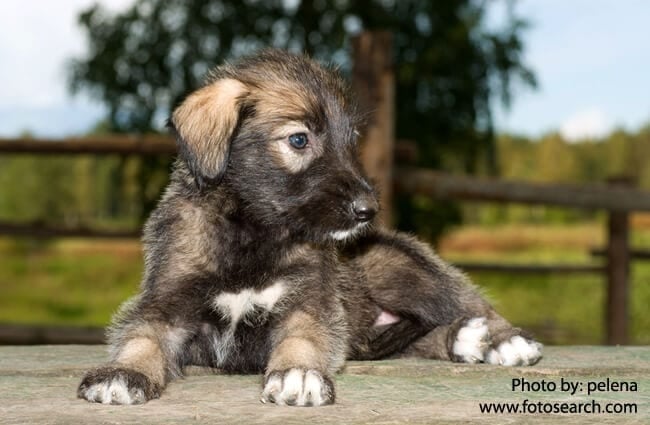


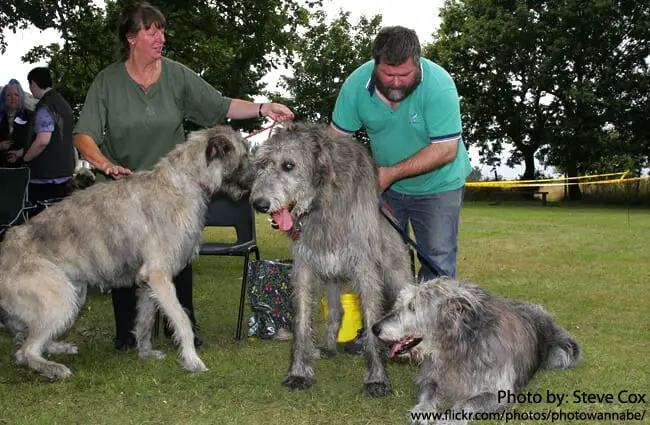
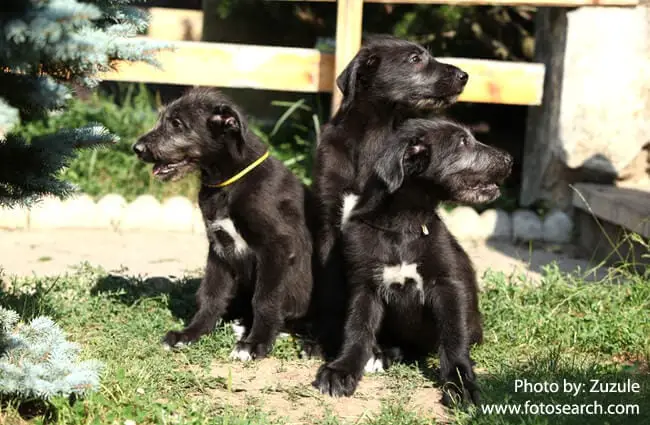

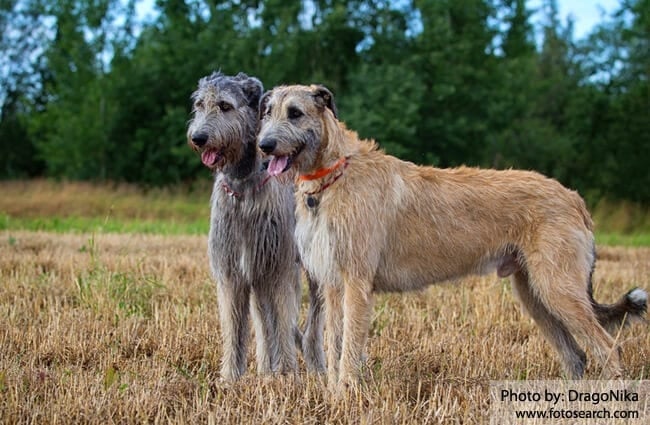

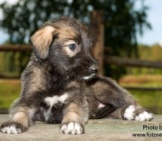
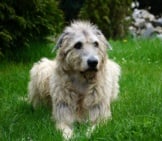

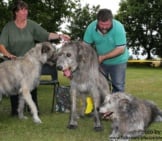

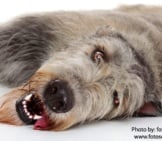

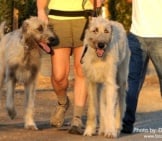













![Red Angus Closeup of a beautiful Red Angus cowPhoto by: U.S. Department of Agriculture [pubic domain]https://creativecommons.org/licenses/by/2.0/](https://animals.net/wp-content/uploads/2020/03/Red-Angus-4-100x75.jpg)


